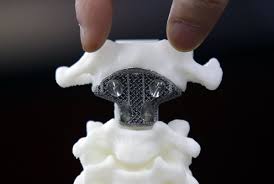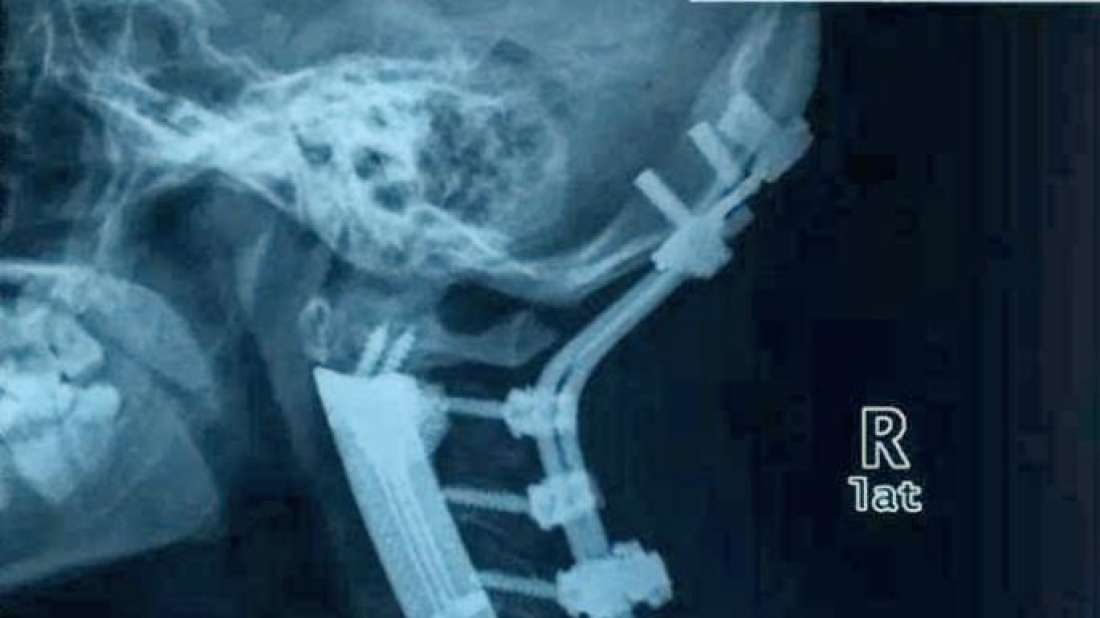
Breaking News
 Trump Claims $18 Trillion in Tariff Revenue, Health Care Costs Down 1000%
Trump Claims $18 Trillion in Tariff Revenue, Health Care Costs Down 1000%
 WATCH: US Attorney Announces Rob Reiner's Son Charged with 2 Counts of First Degree Murder...
WATCH: US Attorney Announces Rob Reiner's Son Charged with 2 Counts of First Degree Murder...
 Trump Orders Full Blockade Of Sanctioned Oil Tankers Off 'Terrorist' Venezuela
Trump Orders Full Blockade Of Sanctioned Oil Tankers Off 'Terrorist' Venezuela
 Side Effects Of 30 Antidepressants Ranked And Compared: Lancet Study
Side Effects Of 30 Antidepressants Ranked And Compared: Lancet Study
Top Tech News
 This tiny dev board is packed with features for ambitious makers
This tiny dev board is packed with features for ambitious makers
 Scientists Discover Gel to Regrow Tooth Enamel
Scientists Discover Gel to Regrow Tooth Enamel
 Vitamin C and Dandelion Root Killing Cancer Cells -- as Former CDC Director Calls for COVID-19...
Vitamin C and Dandelion Root Killing Cancer Cells -- as Former CDC Director Calls for COVID-19...
 Galactic Brain: US firm plans space-based data centers, power grid to challenge China
Galactic Brain: US firm plans space-based data centers, power grid to challenge China
 A microbial cleanup for glyphosate just earned a patent. Here's why that matters
A microbial cleanup for glyphosate just earned a patent. Here's why that matters
 Japan Breaks Internet Speed Record with 5 Million Times Faster Data Transfer
Japan Breaks Internet Speed Record with 5 Million Times Faster Data Transfer
 Advanced Propulsion Resources Part 1 of 2
Advanced Propulsion Resources Part 1 of 2
 PulsarFusion a forward-thinking UK aerospace company, is pushing the boundaries of space travel...
PulsarFusion a forward-thinking UK aerospace company, is pushing the boundaries of space travel...
 Dinky little laser box throws big-screen entertainment from inches away
Dinky little laser box throws big-screen entertainment from inches away
 'World's first' sodium-ion flashlight shines bright even at -40 ºF
'World's first' sodium-ion flashlight shines bright even at -40 ºF
A hospital in China has completed an innovative operation to remove six vertebrae ...


By: Tom Hale/IFL Science A hospital in China has completed an innovative operation to remove six vertebrae from a patient's spine and replace them with 3D-printed titanium prosthetics.
Chinese newspaper group People's Daily Online reports that the 28-year-old woman, known only under the alias Xiao Wen, was diagnosed with chondrosarcoma in May 2017. This is a rare form of a cancerous tumor that attacks cartilage, the tough "rubbery" connective tissue found between many of the human body's bones.
Typically, these tumors are found in the pelvis or thigh. However, this woman's tumor affected six of her seven cervical vertebrae, the disc-like bones that make up the neck. Gradually her conditioned worsened and she was unable to make basic motions with her arms.
A renowned spinal surgeon Xiao Jianru at Shanghai Changzheng Hospital decided to take action and made the ground-breaking decision to remove her affected vertebrae and replace them with artificial ones. The doctors said that treating her cancer with conventional methods, such as chemotherapy or radiotherapy, would prove ineffective with this type of cancer and leave the young woman at risk of a relapse. Given the debilitating nature of her illness, they decided to act hard and fast.
Jianru and his colleagues at the Second Military Medical University of Changzheng Hospital spent three weeks building the artificial bones using titanium alloy and customized 3D-printed technology. To help fashion the new prosthetic parts, they constructed a life-size model of the woman's upper spine using a 3D-printer.



